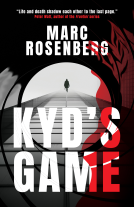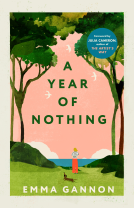
Camino de Santiago
The ancient Way of Saint James pilgrimage route from the French Pyrenees to Santiago de Compostela
by Sergi Ramis
This title was previously available on NetGalley and is now archived.
Send NetGalley books directly to your Kindle or Kindle app
1
To read on a Kindle or Kindle app, please add kindle@netgalley.com as an approved email address to receive files in your Amazon account. Click here for step-by-step instructions.
2
Also find your Kindle email address within your Amazon account, and enter it here.
Pub Date 2 Mar 2021 | Archive Date 31 Mar 2021
Talking about this book? Use #CaminodeSantiago #NetGalley. More hashtag tips!
Description
The first one-volume walking guide to the most popular long-distance route walked by British tourists in Europe. With the advent of low-cost airlines it is as cheap for the British tourist to go to mainland Europe as to the extremities of the UK -- which is why in recent years continental long-distance routes have become increasingly popular with the British walker. Most popular by far is El Camino de Santiago de Compostela, the ancient Christian pilgrimage route that has been travelled for over a thousand years to the Cathedral of Santiago de Compostela, where, legend has it, the bones of St James are buried. This guide follows the most popular route, starting at St Jean-Pied-de-Port in south-west France and heading all the way westwards across northern Spain for 800km to finish at Cape Finisterre on the Atlantic coast. Now, extending its series of Trail Guides beyond the UK for the first time, Aurum publishes the first compact one-volume guide to the path, fully illustrated with photography, it offers comprehensive route directions, sectional route maps, gradient profiles, a history of the route and details of sights to see and separate chapter guides to the main cities along the way like Pamplona, and a list of accommodation en route.
Available Editions
| EDITION | Other Format |
| ISBN | 9780711256132 |
| PRICE | US$22.99 (USD) |
| PAGES | 208 |
Average rating from 5 members
Readers who liked this book also liked:
Carine Laforest;
Children's Fiction
Brendan Quigley
Crafts & Hobbies, Health, Mind & Body, Self-Help


















